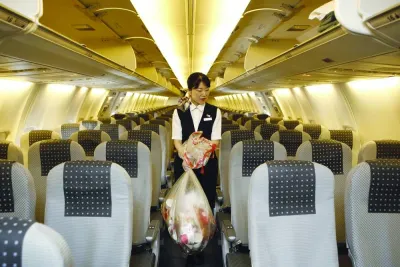Total expected residential stock supply in Qatar for 2024 is 9,200 units, 40% of which will be located in Lusail, consulting and advisory group ValuStrat said in a report.During 2025, some 6,200 units are anticipated, ValuStrat said in its first quarter report.Residential stock during Q1, 2024 was estimated at 394,000 units, with around 148,000 villas and 246,000 apartments (Census 2020 was used as the base).The volume of transactions (residential segment) decreased by 34% compared to the previous quarter.The median transacted ticket size for residential units increased by 3.7% quarterly to QR2.8mn, while staying stable YoY. Doha and Al Rayyan had the highest volume of transactions for residential houses.The total number of mortgage transactions in Q1, 2024 was 233 valued at QR13.5bn.According to ValuStrat, the median monthly rental value of a residential unit was 3.6% lower QoQ and down by 6% compared to last year.The monthly leasing rate for apartments in Qatar was at QR6,000, depicting a 4% decline quarterly and 6.3% yearly.The median monthly leasing rate for a one-bedroom apartment was QR5,500, a two-bedroom was QR6,500, and a three-bedroom apartment was QR8,250.Approximately 15,000 lease contracts were signed during the quarter with Al Wukair, Al Mashaf, and Al Thumama being the top residential areas with an estimated 5,000 agreements (Ministry of Municipality and Environment).The villa sub-market decreased by 1% quarterly, and 4% annually. Villa lease rates in West Bay Lagoon and Al Wakra went up by 3.5% and 1.2% respectivelyThe median quoted rent for a 3-bedroom villa was QR11,750, a 4-bedroom was QR12,500, and a 5-bedroom was QR14,000.Approximately 5,000 lease agreements were signed during the quarter with Freej Al Soudan, Al Aziziya, Ghanim, and Murrah being the top residential areas, accounting for an estimated 600 contracts (Ministry of Municipality and Environment).The ValuStrat Price Index – Residential Capital Values, remained stable both quarterly and annually at 97 points.This is compared with 100 base points as of Q1, 2021.Valuations of apartment units witnessed no change compared to the previous quarter as they approached QR10,320 per sq m, prices were also stable for the past two years.Similarly, the villa market remained stable quarterly, but dipped by 1% annually with prices standing at QR5,544 per sq m.Top areas where villa prices performed well QoQ were Old Airport (6.3%), Al Thumama (4.1%), and Muaither (1.7%).Residential gross yields remained at 5.9%. Apartments contributed 8% while villas accounted for 4.8%. The price-to-rent ratio was estimated at 19 years.

Most Read Stories























